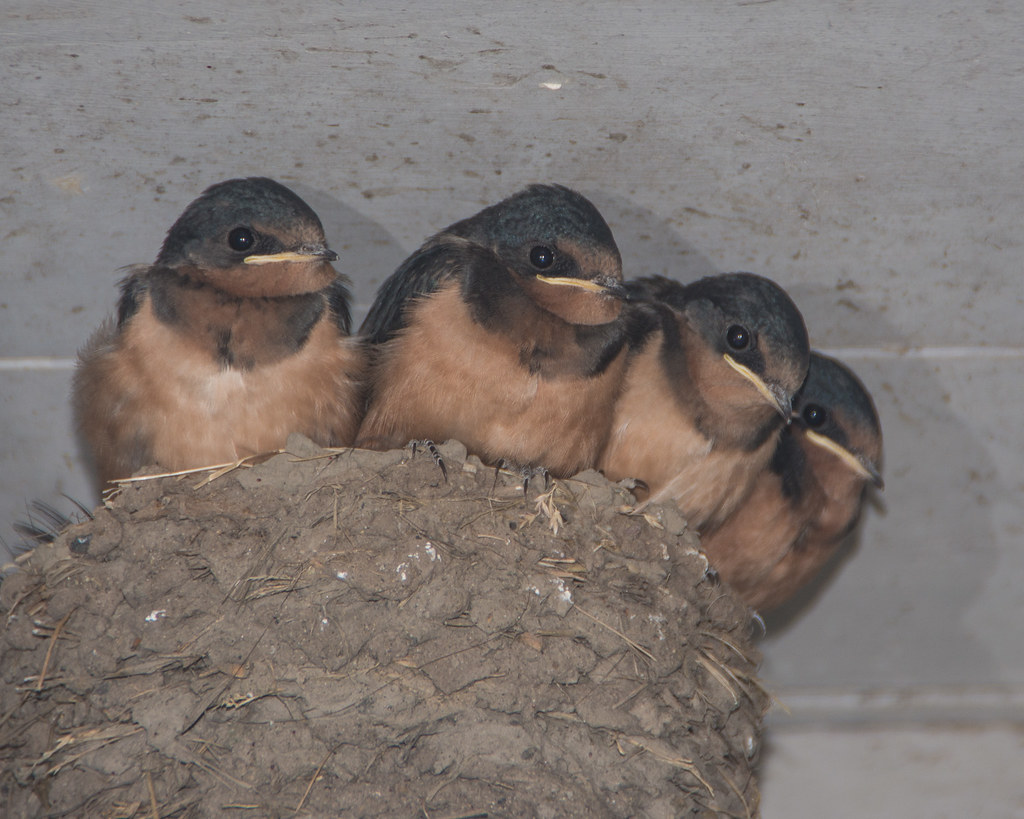Canadian swallow populations are in rapid decline. Home and farm owners can make a difference by not removing or damaging nests [Nature Canada]
A film tour of the proposed peat-mine site in northern Saskatchewan will be followed by a discussion and question period from 7:30-8:30 pm, June 15.
Upcoming Events
Protecting, better managing, and restoring Canada’s wetlands (including peatlands), grasslands, and forests can significantly reduce greenhouse gas emissions. To learn more, register for a webinar at 10 am, June 16.
The City of Saskatoon will be reporting on the natural areas screening that was completed as part of planning for the University Heights 3 development online from 7-8:30 pm, June 21. This area includes both Swales as well as various other remnants of native prairie.
Michael Nemeth will discuss lessons learned from Saskatoon’s Radiance Cohousing in a Passive House Canada webinar from 10 am-12 pm, June 25.
Urban Development
“CPAWS-SK remains engaged in urban and near-urban conservation discussions and will continue to broaden our engagement at a local, regional, and national level to ensure the opportunities for and values of urban conservation are shared and prioritized. . . . We must find new ways to encourage and incentivize our municipalities and governments to see the merit – economic included – of protecting our most valued habitats and species in perpetuity and providing these landscapes with the necessary buffers and connectivity for both flora and fauna to thrive” [CPAWS-Sask]
Food Production
Emissions from food production have been underestimated for decades. A new study shows that, taken as a whole, the food system generates 20-40% of greenhouse gas emissions worldwide [Inside Climate News]
Competing interests: Louisiana farmers, the majority of whom lease their land, support state legislation to block solar projects from receiving industrial tax credit [Planetizen]
“I wish that everyone who said they believed in angels would actually believe in insects” is the first line of Jay Griffiths’ book Why Rebel? . . . Here, then, the causes for rebellion: survival and awe, beauty and necessity, grace and grief” [book review, Earthbound Report]
“We need a new language to communicate about the climate crisis and justice — one that embraces creativity and culture. . . . My activism is no longer rooted in fear or anger, but in love: a love for the people, humanity, and the planet, and love will always be greater than fear. There also has to be a place for fun in the climate justice movement if we’re going to pick ourselves up and keep going after every setback” [op-ed, Teen Vogue]
Protecting Wildlife
For pronghorn and mule deer, fences can change migration routes and cause death or injury. Removing or replacing fences is expensive, hence a software package illustrating the most problematic sections [The Revelator]
Check out these online resources on gardening for birds [Nature Canada]
The pileated woodpecker – a regal presence with a maniacal call [Wild Life]
Did you know? New mule deer mothers usually give birth to a single spotted fawn, while older mothers usually have twins [Nature Companion]
EcoFriendly Sask supports Saskatchewan environmental initiatives through an online publication, an events calendar, small grants, and the Nature Companion website/app.
You can follow EcoFriendly Sask by liking us on Facebook, following us on Twitter, or subscribe by email (top right corner).


